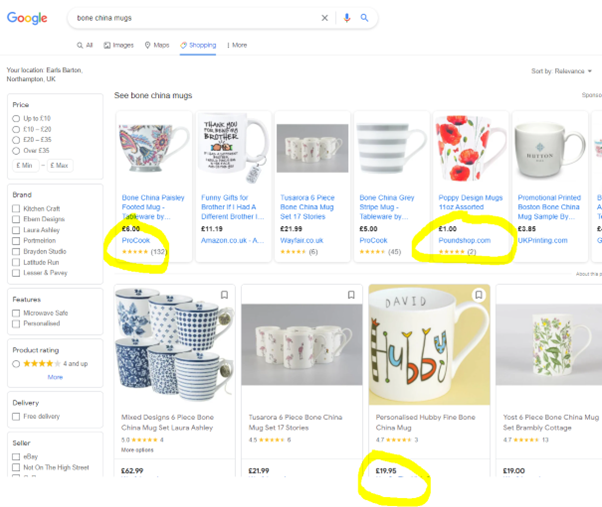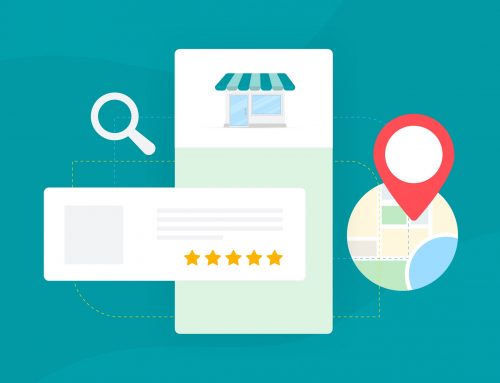How Can I be Sure my Online Marketing Makes Money?
It’s important to understand CPAs and Lifetime Value.
It may be surprising to hear that it’s a common occurrence to meet Company Directors and even Marketers with no real idea regarding how much it costs them to win new business or how much each customer makes for them over time. In fact, it’s worse than that, we have even met people using the completely wrong metrics suggesting that their companies are losing money on each new customer gained – in short, they’d be better off not doing any advertising or marketing!
- It’s harder than ever to work out a true customer Cost Per Acquisition given that before purchasing prospective customers may touch or interact with a business in so many ways. But in simple terms, if you added together all the various costs of Marketing, including support services like the provision of email, website hosting, sales force, telemarketing etc, then divide this by the total number of new customers gained in the business in a year. That’s a rough idea of CPA. It may surprise you how high it is – when I worked in Banking it was not uncommon to spend £1,000 on each new customer, hence how they could afford the seemingly generous offer of a £200 incentive when you recommend someone.
The other side of the coin is understanding how much a customer is worth to your business. For a purest this calculation will include the profit on the first sale or transaction, then the addition of future sales for as long as they stay with you. But that’s not the end of the equation – what about adding in family members they introduce and other people or businesses that find you via recommendation. For some businesses with great repeat purchase opportunities, such as cosmetics, FMCG, cars, or collectables, the Total Lifetime Value and consequential profit can be huge.
- Plainly the goal is for LTV to significantly exceed CPA. But get these numbers confused at your peril – both to your job and company.
As I said in the intro we have met businesses with a skewed view of CPA. This often presents itself when looking at expenditure through Paid Advertising, otherwise known as Pay Per Click (PPC) which to most people equates to the Google AdWords programme.
It costs nothing to build an advert and create an impression/display it via PPC but you do pay the advertiser (Google, Bing etc) every time the advert is clicked upon and traffic is sent to your website. If they bounce immediately back out after just a few seconds, too bad, you still pay the agreed Click Price. This is arrived at by outbidding competitors for the traffic. Bid prices vary from a few pence, typically as low as £0.05 up to about £75.00 for valuable traffic.
The key lesson to understand is that the money spent on these clicks is NOT your CPA (unless 100% of your prospective customers go on to make a purchase). The CPA requires a further element to be understood – how many clicks are needed to get a hot lead, and from this how many of these turn into a confirmed sale? NB. A sale can be whatever matters to your business be it a product purchase, joining a subscription list, signing up for a free course etc.
Typical conversion rates from Click to Purchase are around 20% – so you’d need 5 clicks (and maybe 250 impressions) to get a purchase. At a 5p click price, that’s a CPA of £0.25 and at £75 it’s £375 per new customer. But the 20% figure can vary hugely – if your basket is down or not well interfaced into the payment processor, it can easily be nil. It’s rare to see rates above 50%.
So if you run your business on the basis of how quick your PPC spend is being eaten up and assume a click is the same as your CPA, you’ll very quickly keep expanding the budget until you run out of money and go bust.
Increasingly customers don’t stick around and make repeat purchases meaning that a business can be squeezed from both ends.
Let’s look at an example. Imagine you were selling Bone China Mugs.
- As the picture below shows, it’s not hard to imagine being asked by search engines to spend £0.25 on a click on your website. Given the estimates above this could easily equate to a CPA of £1.25, maybe more.
But is it worth it?
The next picture shows us in Google some typical competitor prices for said products.
It’s not unusual for the wholesale cost of a product to be around 15% of the eventual sales price. And in our experience these days it’s not untypical for Marketing & Advertising to equate to a further 10%. This all suggests the targeting pricing for a Bone China Mug should be around £10-£12. But we have businesses selling online from £1.00, more typically £6.00. There are even examples of SIX Bone China Mugs for sale at just £22.00. It seems highly unlikely most of these businesses will be making money – unless the customers gained stay a while and purchase more things etc.
You will note an exception – a personalised China mug at £20 could well work – provided the operational costs of adding personalisation and liaising with customers are kept under control.
One way to avoid some of these dilemmas is of course to win customers via SEO. Here the costs are frontloaded as initially your marketing expenditure will win you no orders, but over time a well-run ethical campaign will deliver more and more leads from an ever-expanding list of keywords and phrases without penny a penny piece to the search engines. The CPA, therefore, tends to drop over time and keeps on dropping, hence why clients tend to either quit too soon or stick with SEO for years. Our longest clients have been with us for over a decade.
- Should I be worrying about AI’s impact on my website? - 21st December 2023
- Common Website Strategy Problems Solved – Starting Out - 10th November 2023
- Know how to pick a good SEO agency? - 20th October 2023






